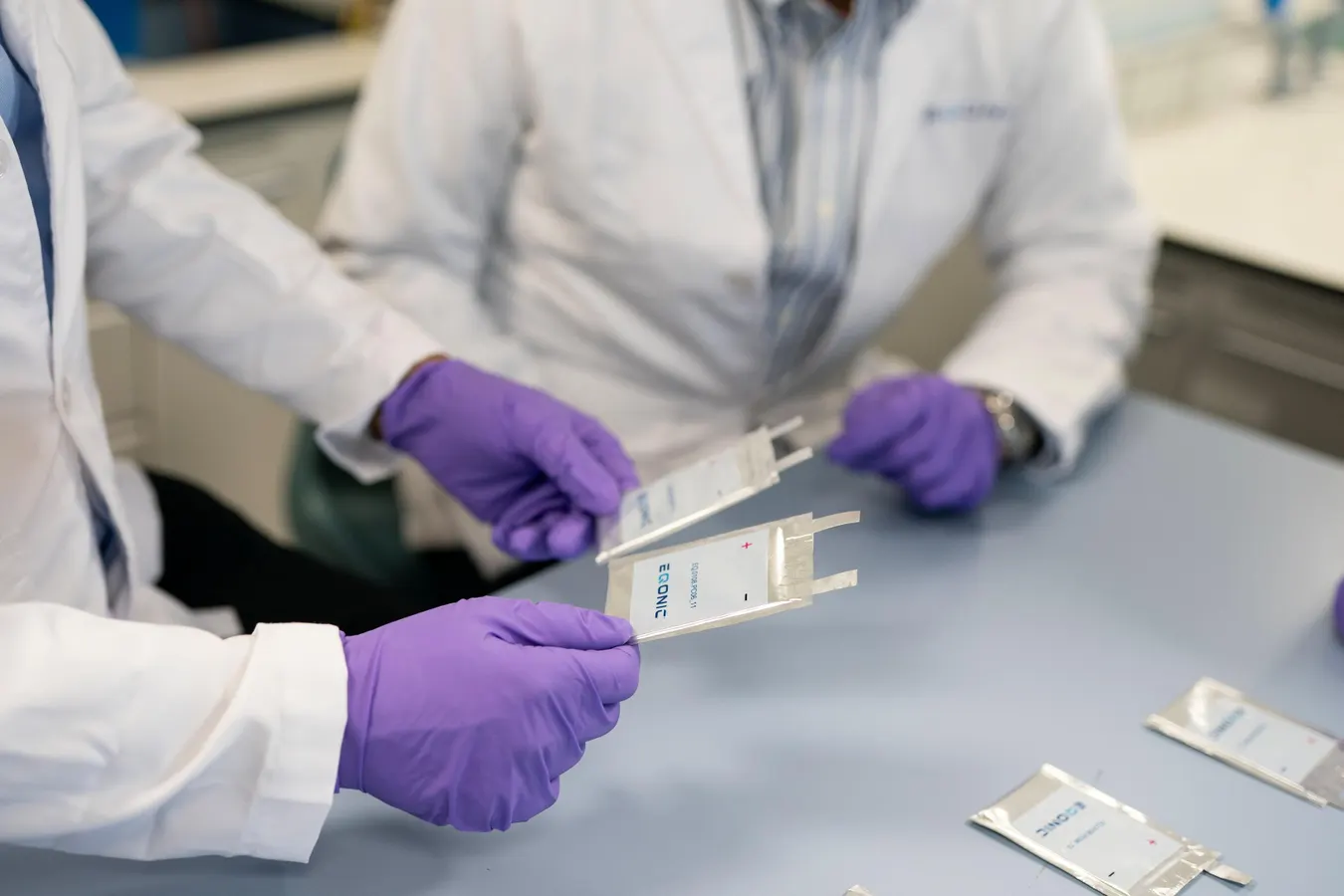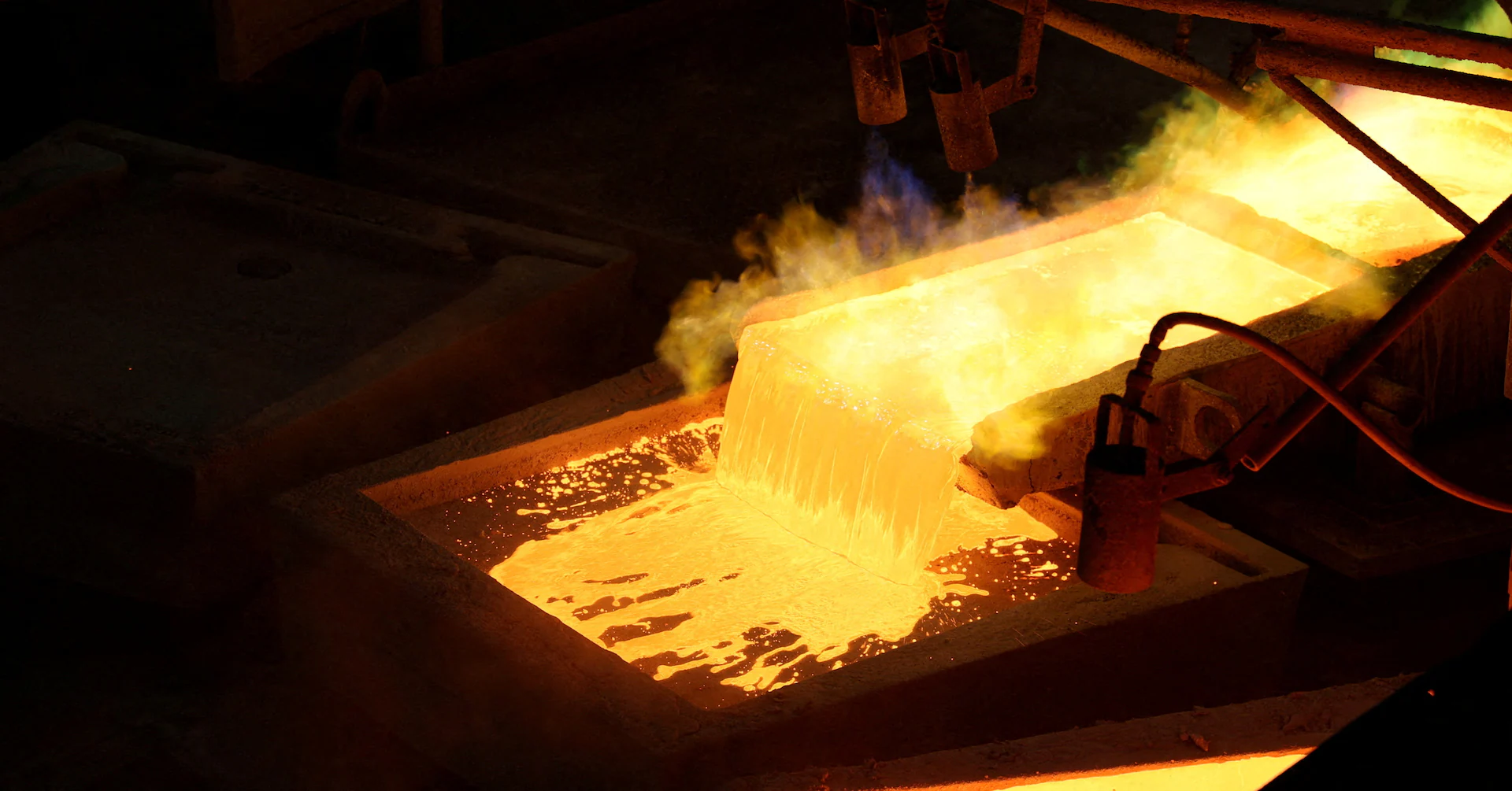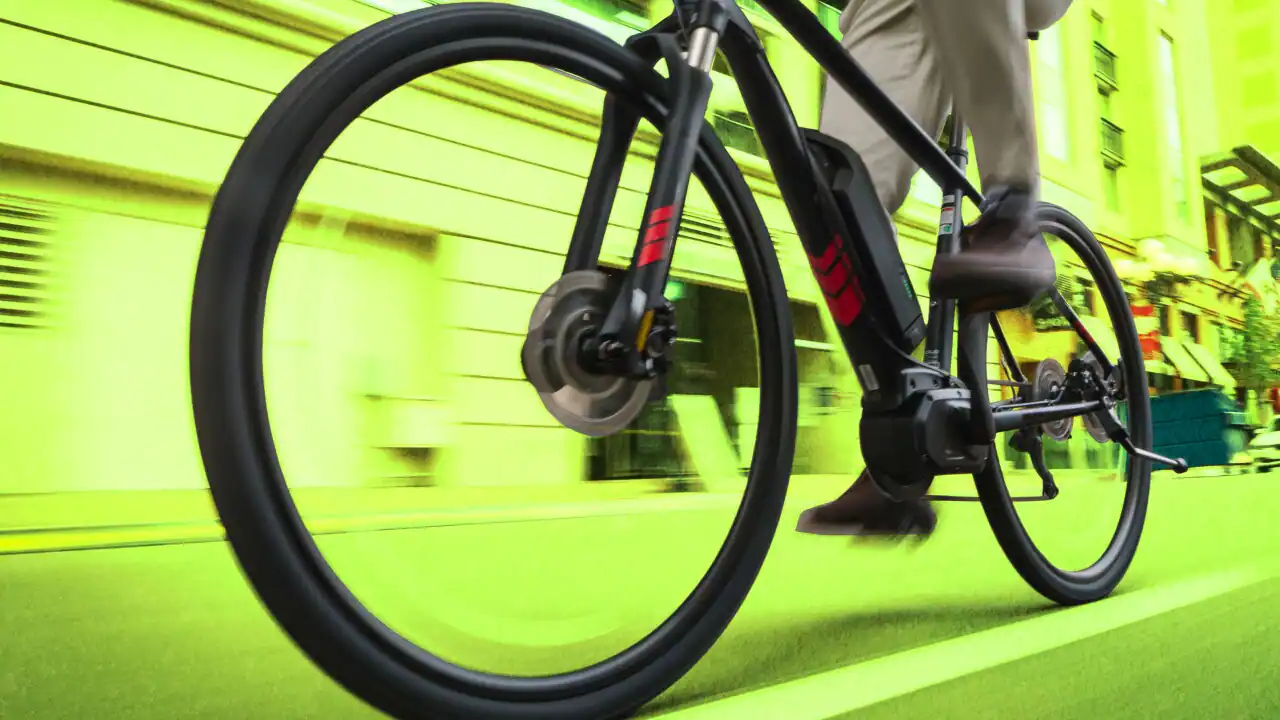By Contributor,James Morris
Copyright forbes

Eqonic’s technology is currently at the lab stage
Barely a day goes by without a battery technology company claiming it’s going to change the EV world. Solid state batteries have been imminent for at least a decade, for example. In this context, UK startup Eqonic’s bold claims for its technological innovation are naturally going to raise some skepticism. I asked CEO Jas Kandola what makes his company different.
Eqonic: From Finance To Sustainability
Kandola is certainly different to other battery startup CEOs. He was previously in corporate finance in London with Barclays, although he did gain considerable experience managing business change. After that, he built a financial services startup, before moving onto the next plan. “I quickly realized that the decarbonization movement was the one gathering pace,” he says.
He began looking at which areas within sustainability were most in need of development. “The two big things that people weren’t tackling that well were materials, how to make them more sustainable, and energy,” says Kandola. “Batteries turned out to be the bit that we wanted to focus on.”
But lots of large and well-established companies exist within this space, which is dominated by Chinese, Korean and Japanese giants like CATL, BYD, LG, Panasonic and SK On. Eqonic wanted to make a significant difference without competing with these behemoths. “We wanted to make something that had a substantial uplift on where the existing market was,” says Kandola. Rather than thinking of the business first, however, Eqonic wanted to start with designing the technology.
“We wanted to create something that moved away from the three big problems in the existing battery supply chain,” says Kandola. “One is the environmental impact of the mining associated with the rare earth materials. Another is the lack of diversification in the supply chain – batteries primarily being controlled by just one geographical location. The other thing is looking at sustainability at the end of life because lithium batteries are notoriously difficult to recycle. Safety is also a major issue.”
MORE FOR YOU
Eqonic Seeks Material Benefits
The question was how to address these areas. “We realized very quickly that the first thing you must rule out is what you can’t do,” says Kandola. “We ruled out lithium. We ruled out sodium because it has scientific limitations on what the material is capable of.” Eqonic analyzed a range of alternative candidate materials, working with leading academics. The goal was to find substances that could be obtained from Western countries more easily or through recycling to create a battery grade composite, and that were also inherently safe. “We wanted materials that didn’t rely on mining and its environmental impact, while enabling the diversification of supply chain away from a single source.”
Kandola won’t yet divulge the materials Eqonic ended up choosing due to ongoing patent applications, although iron is not one of them. However, he is bullish about the end results. “We have made a battery at lab level, and the characteristics are absolutely phenomenal,” he says. “We’re now upscaling to a market readiness level, which should be within the next 12 months.”
Eqonic hopes to demonstrate its batteries in real products within the next year.
Pricing will be one of the key benefits of Eqonic’s technology. “We analyzed material cost for a one-liter pouch and compared it with sodium and various lithium batteries,” says Kandola. “If you take the baseline as one, we’re coming in about 0.3, sodium about 0.5, LFP about 1.1 and NMC about 1.4. That’s at material level. Somewhere between 60 and 80% of the cost of a battery is material. We expect our battery end product to be in the region of 60 to 70% lower cost than LFP at the manufactured level.”
Batteries costing 30-40% of current LFP cells would have a massive impact on the industry, particularly if performance is similar. “We have reached a density level that is on par with sodium and LFP,” adds Kandola. “We haven’t quite got to NMC levels but we have two versions of our technology. We have a long-life version that is designed to compete with LFP for storage, and we have a high energy density version that is designed to compete with NMC for automotive. We can create other variants as well.”
This is just where Eqonic is now, however. “The aim is to come in at a manufactured level of below £50 pounds per kilowatt hour,” says Kandola. “By 2027 we would have easily exceeded LFP and would be very close to NMC performance levels.” The battery technology’s endurance is also competitive. “We are at over 600 deep cycles, but with shallow cycles somewhere between 6 and 8,000 right now.” The Eqonic batteries can also tolerate regular complete discharge, where LFP is best kept over 30% most of the time. “This makes our batteries more viable for the defense industry, and transportable by aircraft because they can be fully discharged.”
For the domestic battery version, Eqonic is aiming for a durability of 10,000 cycles. “For automotive we’re looking at 5 to 6,000 cycles, more than LFP,” says Kandola. “Our battery technology is also intrinsically safe. It doesn’t explode when exposed to air or water. It doesn’t catch fire. We’ve demonstrated this to industry experts in the lab. We’ve cut our batteries in half. We’ve put a nail through them. We’ve handled the electrolyte in open air. Dendrite control is not an issue, either.” This is where the anode develops metallic filaments that can cause a short circuit, but Kandola argues that this still won’t cause a fire with Eqonic’s design.
Kandola also claims that REACH-compliant recyclability has been built in from the start. The materials can be extracted at end of life and used in a new battery. Although recycling isn’t a major factor yet because most EV batteries haven’t hit that stage of their lifecycle yet, this will be an important consideration as electric cars get older.
How Eqonic Is Built On UK Skills
It all sounds too good to be true, but the proof of the pudding will be whether it arrives, and when. After all, the UK has been very good at developing technology that it doesn’t end up exploiting itself for the country’s own benefit. “The UK has a phenomenal skill set in science and engineering,” says Kandola. “Look at the Formula One sector. We’ve deliberately kept this whole thing in UK and tried to look at the best we could find here to build the technology.”
Eqonic has also brought some influential heavy hitters onto its board to help take the technology out of the lab into the market. These include Craig Wilson, who was CEO of Williams Advanced Engineering for ten years, and Stuart Dyble, who had stints at Red Bull Racing and Jaguar Land Rover, as well as founding Influence Associates, one of the leading UK automotive PR agencies.
The company doesn’t plan on building its own gigafactory, however. Instead, Eqonic aims to foster partnerships and license its technology. “We want to be the technology that’s inside rather than the people that are making and supplying the batteries because that carries lots of risk and costs,” says Kandola. “Competing with the scale of China will be difficult. Our job is to create technology and partner with entities who can license it and make it according to their own requirements.”
Founder and CEO Jas Kandola formerly worked in finance with Barclays
This is perhaps a sensible move considering the destiny of Britishvolt and Northvolt, both of which met funding problems and ultimate demise. Instead, Eqonic reduces risk with the licensing route, and is in good company with this approach. “It’s going to be like ARM,” says Kandola, referring to the British-bred company whose processor technology has been licensed and built into 99% of smartphones. His company aims to present proven technology to partners, along with a manufacturing blueprint, so they can introduce it immediately into their own plants.
Using this approach, Kandola hopes to demonstrate its automotive technology in a car within 12 months. “It could be sooner,” he says. “We have the first version of the market ready product already done. The discussions we’ve been having with various corporations are accelerating. We’ve had several companies already visit our labs. They’ve interviewed the scientists behind this. They’ve looked at the demos of the battery. We have been cautious because we can’t go too early because we need to get it right.”
Solid-State Future For Eqonic
No EV battery-focused article is complete without multiple mentions of the possibilities of solid-state technology, and Eqonic has this in its sights as well. “Initially we will use a liquid non-water-based electrolyte,” says Kandola. “But we have made our own solid-state electrolyte. The challenges of integrating that into the into the battery are different.” For now, Eqonic is concentrating on its electrolyte without water. “The next version after that would be solid state and we’ve already started working on that. It’s not just the one innovation that we’re looking at, either. We’ll be looking at different applications. Soon we may have something that is specifically geared to space. It’s about tailoring for the application, which does set us aside from the others.”
Eqonic is clearly setting its sights high, and the sky won’t be the limit, with space on the agenda as well. With the materials involved still a trade secret, it’s hard to tell how the bold claims will become reality. But if the cost reduction, supply chain and safety potential are realized, the technology could give manufacturing partners a significant advantage. We could know within the next year if this company can be a global success like ARM.
Editorial StandardsReprints & Permissions



